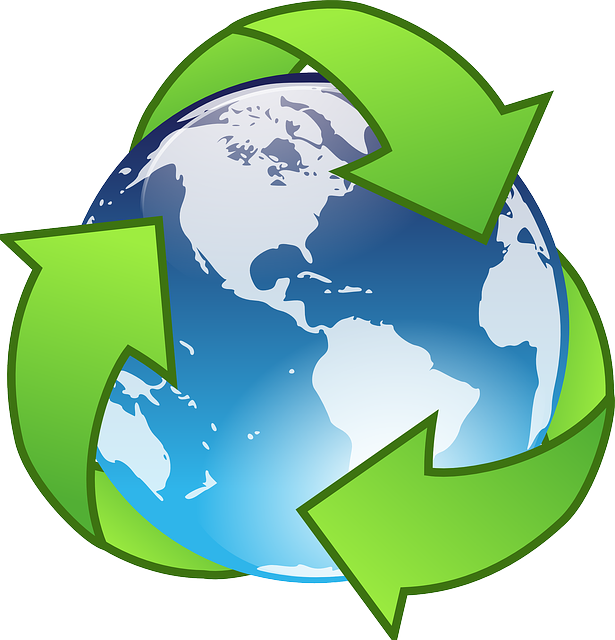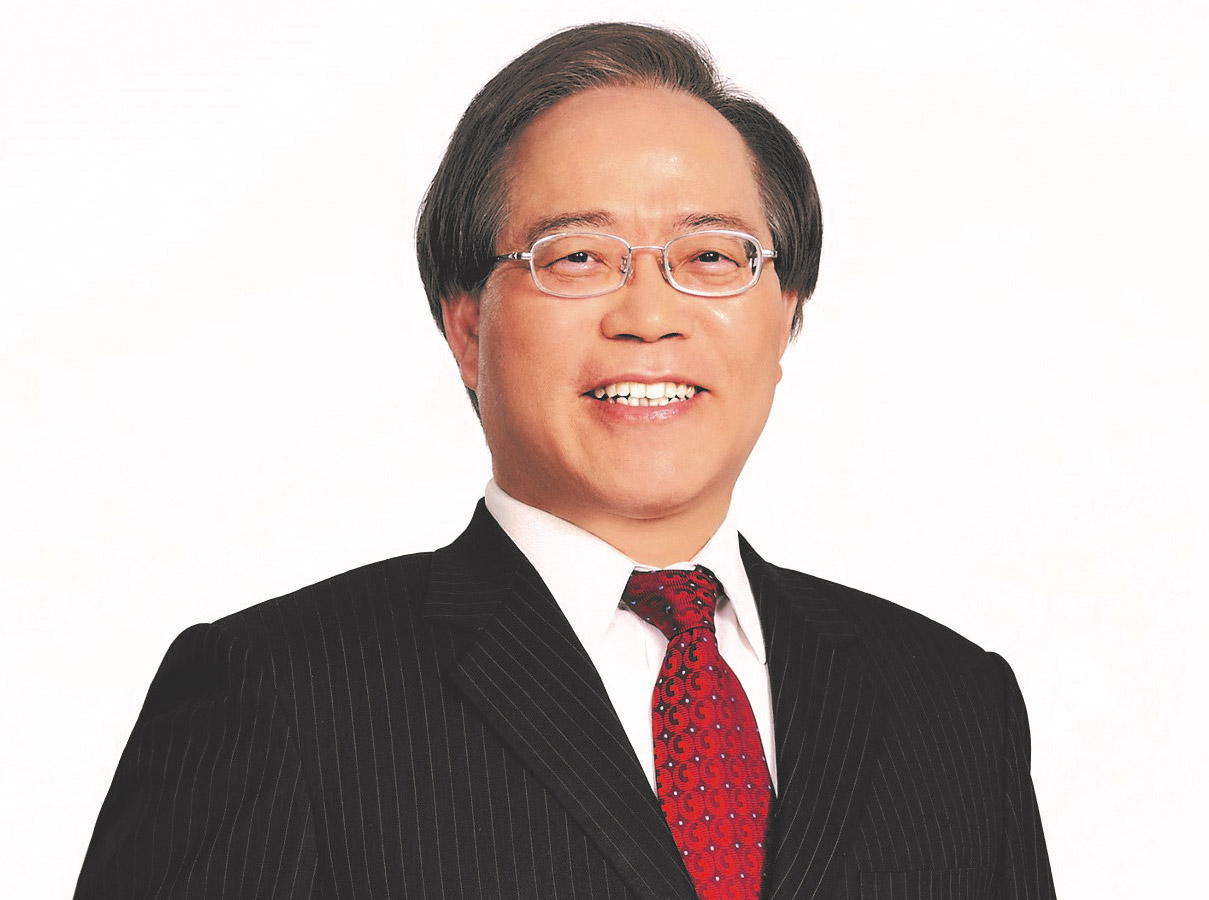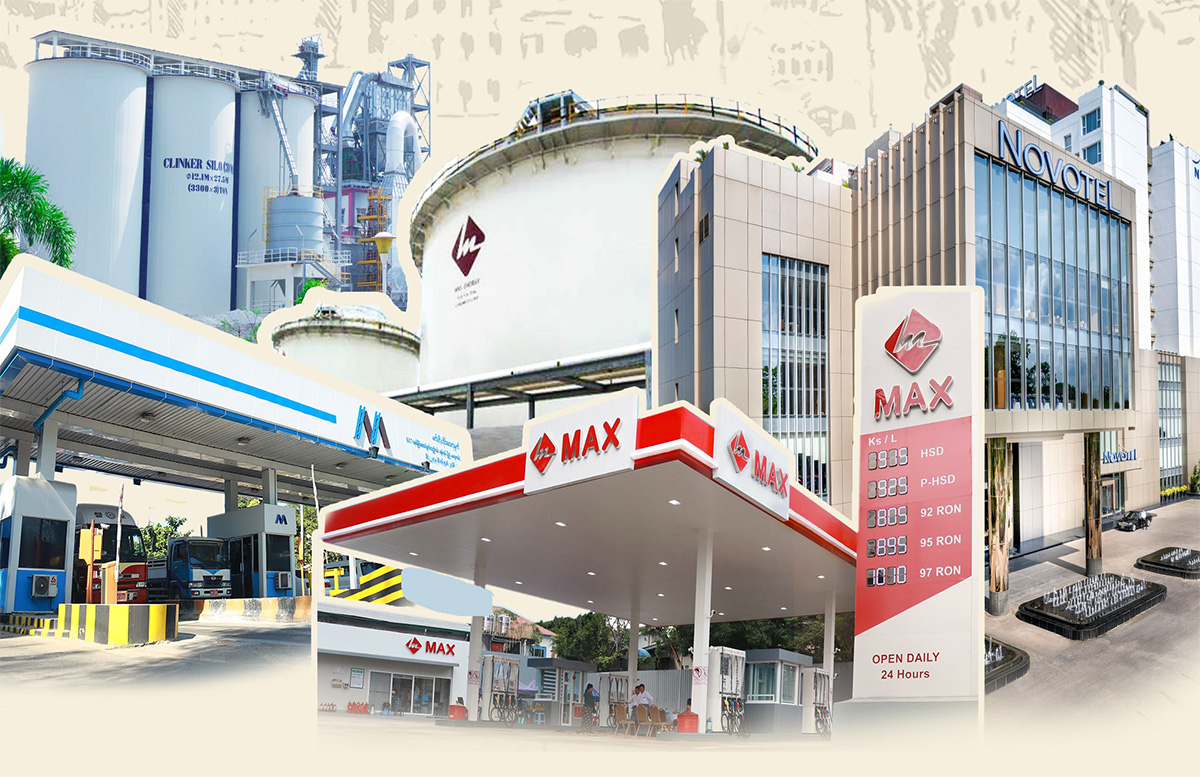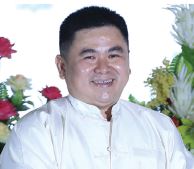[vc_row][vc_column width=”1/2″][vc_column_text]
Myanmar
Myanmar is the 69th largest economy by nominal GDP. GDP per capita is $1,326 USD. The country is rich in natural resources but since independence has suffered under long periods of military rule. It was ranked 107th in the World Bank's Human Capital Index. It is a member of ASEAN. Services accounted for 40.4 percent of GDP in 2017, followed by manufacturing (23.9 percent), and Agriculture (23.3 percent). The largest export sectors in 2017 were minerals (23.4 percent), services (22.5 percent), textiles (19.3 percent), and agriculture (18.7 percent). The largest export products were liquefied natural gas (14.65 percent), travel and tourism (12.27 percent), ICT services (9.3 percent), and dried legumes (4.5 percent). Its largest export partners were China (31 percent), Thailand (18.85 percent), Japan (6.9 percent), Singapore (5.15 percent), and Indonesia (5.15 percent). The largest import goods were refined petroleum (11 percent), transmission apparatus for radio, television, and telephones (4.77 percent). In 1824, the Konbaung dynasty captured the Indian state of Assam, which led to three wars with the British. At the end of the third war in 1885, the British annexed Myanmar and made it part of British India. Under the British, Myanmar became a leading exporter of rice. During WW2, Japan occupied Myanmar. After the war, the British retuned. In 1947, Myanmar regained its independence. After a second coup in 1962, the military took control. They implemented the "Burmese Way to Socialism". This included mass nationalisation of industries and the rejection of foreign influence and investment. There was also ongoing conflict with minority ethnic groups. The policies had a negative effect on the economy. Rice exports plummeted and the black market grew. In 1988, the people protested against conditions. A group of military commanders reasserted control (SLORC). In 1989, they placed opposition leader Aung San Suu Kyi under house arrest. And they refused to give up power after Aung San Suu Kyi's party won the elections in 1990. In 2011, the military introduced several economic and political reforms. They also opened the country up to investment. In 2015, general elections were held and Aung San Suu Kyi's party, the National League for Democracy came to power. In January 2020, the International Court of Justice ordered Myanmar to prevent the genocide of the Rohingya minority. International concerns were heightened in 2017 after large numbers of Rohingya fled into India following persecution from the Myanmar military.
[/vc_column_text][vc_column_text] Its population in 2018 was 53,855,735 [1]
Its population in 2018 was 53,855,735 [1]
 In 2015, 61.53% of its total energy
In 2015, 61.53% of its total energy
consumption was renewable [2]
 In 2021, its GDP fell by 17.98% [2]
In 2021, its GDP fell by 17.98% [2]
 In 2021 it had a negative Current
In 2021 it had a negative Current
Account Balance of US$bn 0.84 [3]
 Its Expenditure on R&D (as a percentage of
Its Expenditure on R&D (as a percentage of
GDP) in 2020 was 0.15% [2]
What free trade areas or economic unions is it a member of?
Member of the Association of Southeast Asian Nations (ASEAN) since 23/07/1997
Other members:
Brunei Darussalam, Cambodia, Indonesia, Lao People's Dem. Rep., Malaysia, Philippines, Singapore, Thailand, Vietnam
What trade deals are there between Association of Southeast Asian Nations and other countries and economic unions?
ASEAN - Japan Comprehensive Economic Partnership (from 01/12/2008)
ASEAN - Australia - New Zealand Free Trade Area (from 01/01/2010)
ASEAN - China Free Trade Area (from 01/01/2010)
ASEAN - India Free Trade Area (from 01/01/2010)
ASEAN - Korea Free Trade Area (from 01/01/2010)
Free Trade Agreement between Hong Kong, China and the Association of Southeast Asian Nations (from 11/06/2019)
[/vc_column_text][vc_column_text]What trade deals are there with other countries and economic unions?
None
[/vc_column_text][/vc_column][vc_column width=”1/2″][vc_column_text]Taiwan’s Chunghwa Telecom Takes Private 5G Tech to the Next Level
Zaw Zaw Wants Nothing but the Best for Group and Country – Preferably With Some Football
Change, Change, Change: With Sustainability at the Very Core, Transformation Poses No Threat
CFI.co Meets the CEO of BOD Tech: Mike Than Tun Win
CFI.co Meets the CEO of UMG: Kiwi Aliwarga
Keiko Honda, CEO MIGA: Crucial Role for Investment Guarantees
Myanmar’s Opportunity to Double Rice Export and Reduce Poverty
United Nations Office for Project Services (UNOPS): Sustainable Results in Challenging Environments
Revenue Watch: 4 out of 5 Companies Fail in Good Governance
Trade with the United Kingdom
Source: UK Office for National Statistics, October 2022.
Contains public sector information licensed under the Open Government Licence v3.0.
Loading, Please Wait!
This may take a second or two.
























































































